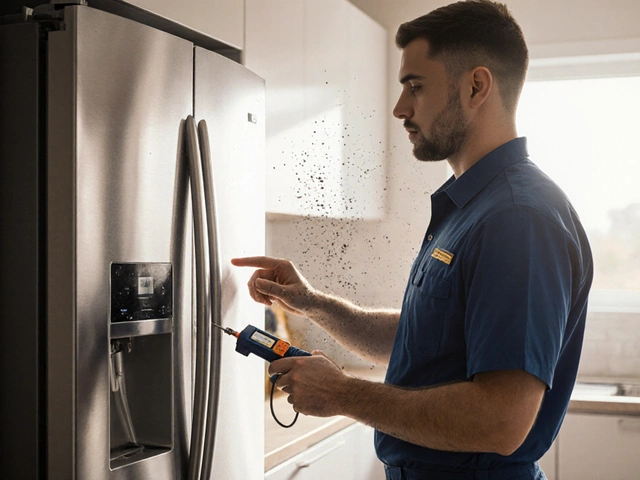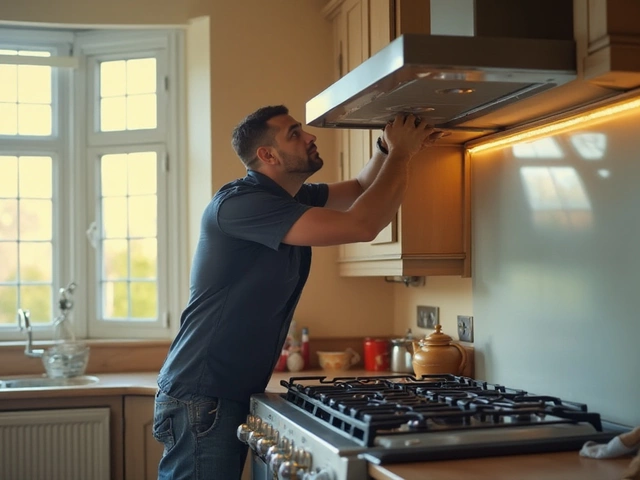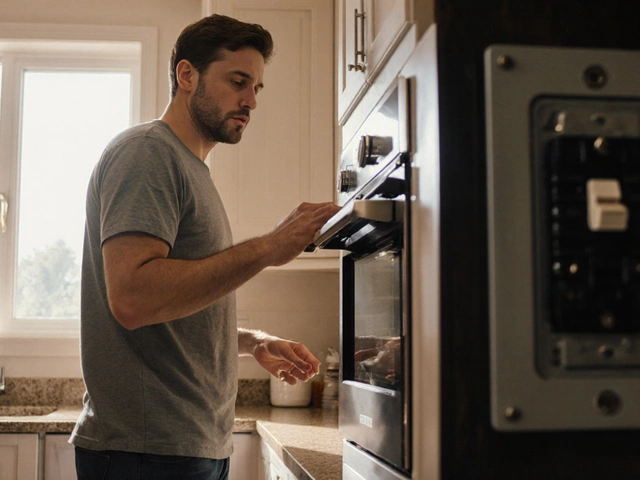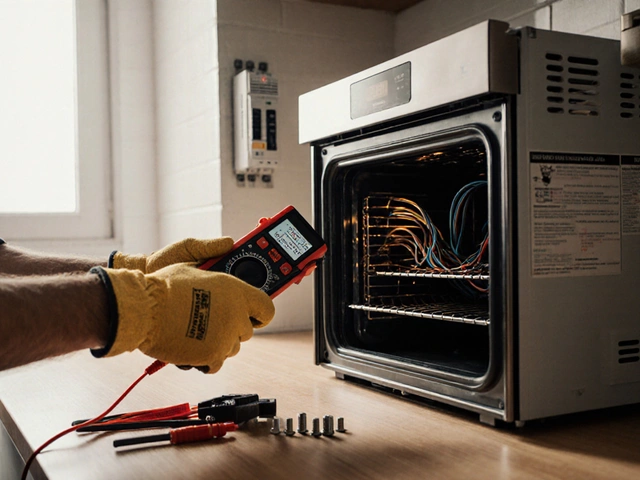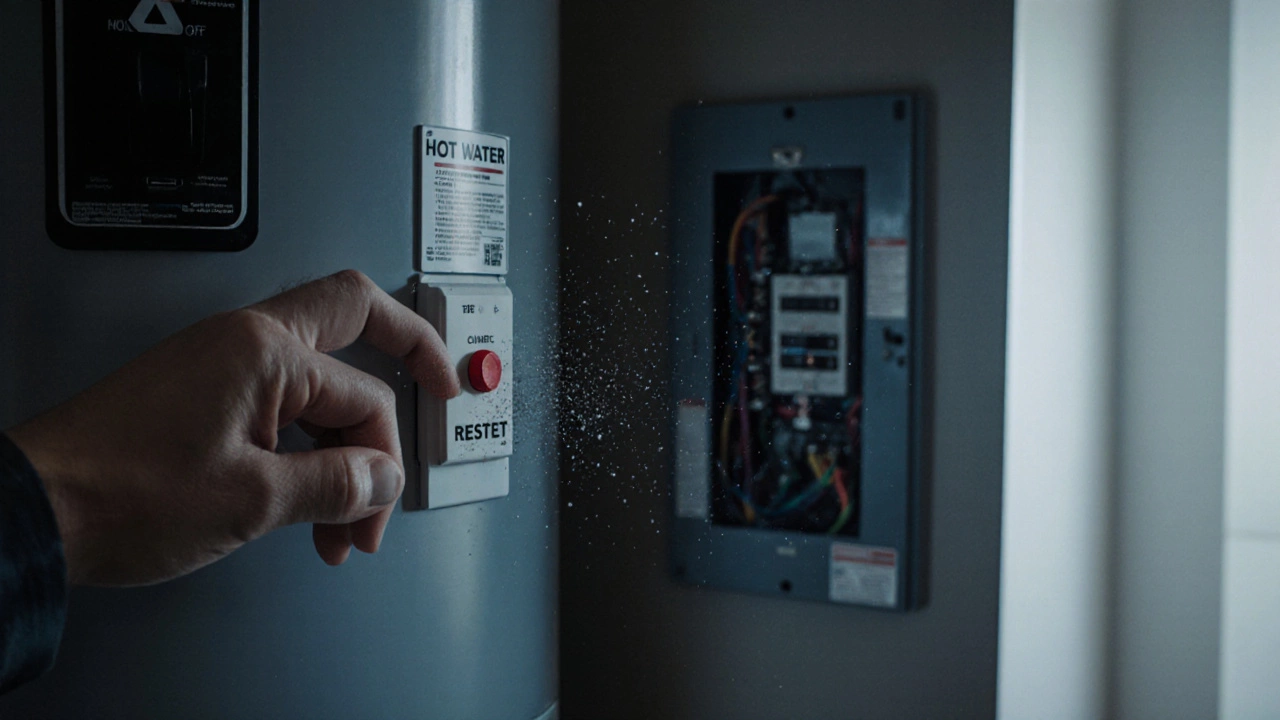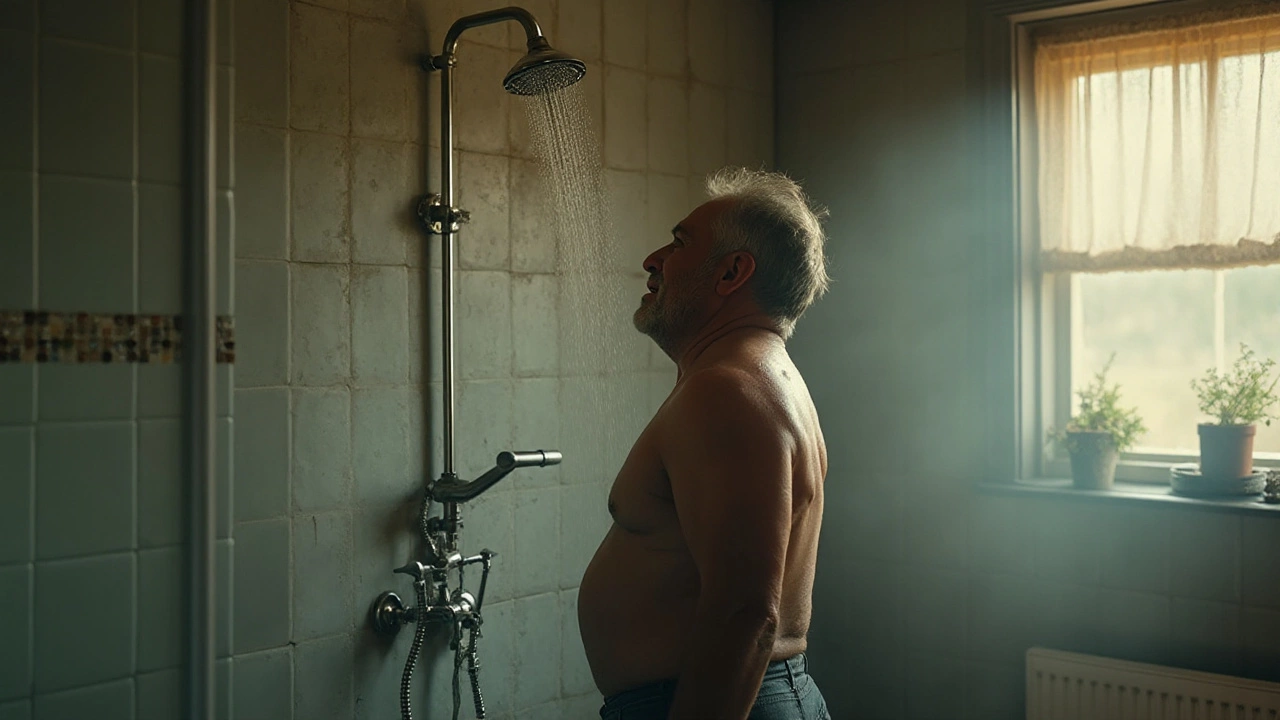Water Heater Troubleshooting Guide – Quick Fixes & When to Call a Pro
Staring at a cold tap is frustrating, but most water‑heater issues are easy to spot. Before you dial a technician, try these quick checks. They take only a few minutes and can save you a call‑out fee.
1. Is the heater getting power?
Start with the basics – make sure the unit is plugged in and the circuit breaker hasn’t tripped. For electric heaters, flip the breaker back on and check the reset button on the thermostat. If you have a gas heater, verify that the pilot light is lit. A dead switch or blown fuse is the most common reason a tank won’t heat.
2. Check the thermostat setting
Sometimes the thermostat is set too low. Aim for 120‑130°F (49‑54°C) for comfort and efficiency. If the dial feels stuck, gently wiggle it; a loose knob can give a false reading. Adjusting the temperature might be all you need to restore hot water.
Next, look for signs of sediment buildup. Over time, minerals settle at the bottom of the tank and act like an insulating blanket. If you hear rumbling noises or notice rusty water, the tank probably needs a flush.
To flush the heater, turn off the power or gas, attach a garden hose to the drain valve, and let the water run until it’s clear. This simple maintenance can improve heating speed and extend the unit’s life.
Leaking water is a red flag. A small drip at the pressure‑relief valve often means excess pressure – you can release it by lifting the valve lever gently. However, drips from the top or sides usually point to a corroded tank that will need replacement.
If the heater is making a clicking or buzzing sound, the heating element may be failing. Turn off power, remove the access panel, and test the element with a multimeter. A reading of zero ohms indicates a short, while an infinite reading means the element is broken. Replacing an element is a handy DIY job for confident homeowners.
For gas models, a yellow flame or sputtering pilot suggests a dirty burner or gas supply issue. Clean the burner with a brush and ensure the gas valve is fully open. If the flame stays yellow after cleaning, call a professional – it could be a safety hazard.
When you’ve run through these steps and the water is still cold, it’s time to bring in an expert. A qualified technician can diagnose internal faults, check the pressure‑relief valve, or confirm if the tank has reached the end of its service life.
Rugby Appliance Repair Services offers same‑day visits, so you won’t be left in the cold for long. Our technicians know the common quirks of both electric and gas water heaters and can fix most problems on the spot.
Remember, regular maintenance – a yearly flush and thermostat check – keeps most water‑heater headaches at bay. Schedule a check‑up and enjoy reliable hot water all year round.
